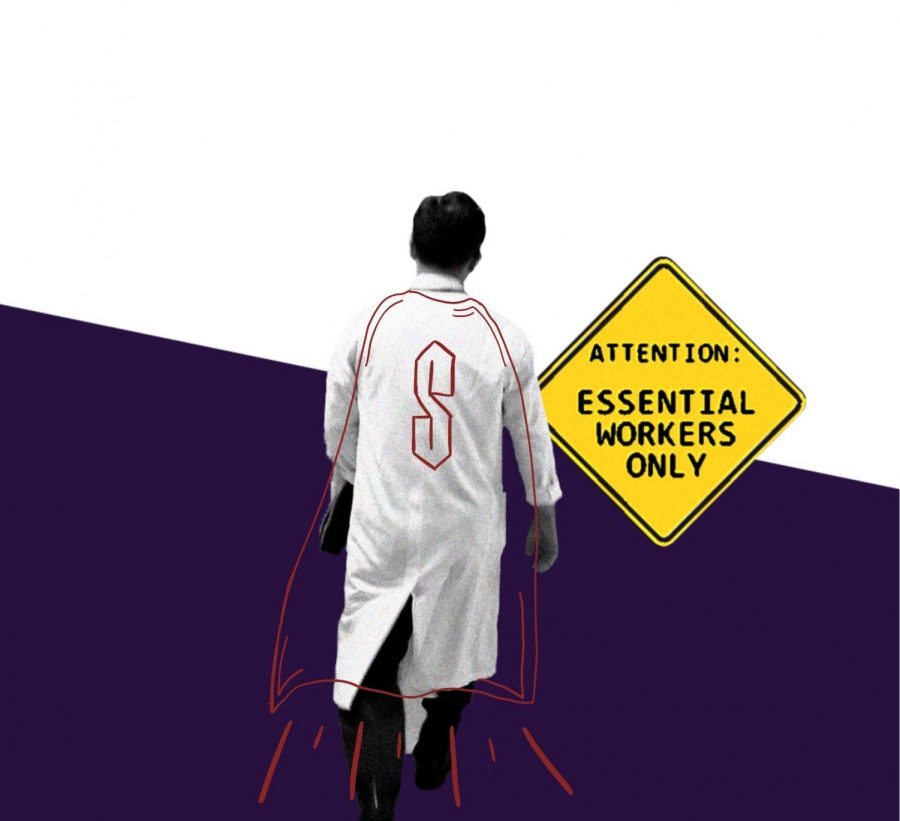Scientists at the University of Wisconsin, in conjunction with a Japanese group of scientists, announced a breakthrough in stem-cell technology. They were able to create viable stem cells from the skin cells of a 36-year-old woman’s face.
After reading the actual paper detailing the methods of their research, I realized that this simple, yet powerful discovery could change the field of stem-cell research and the ethical arguments that have raged since its conception.
Stem cells are the basic building blocks of complex multi-cellular organisms. They have the capacity to transform into any of the 220 types of cells that make up humans. However, the transformation was a one-way path; once they differentiated into a specific type of cell, there was no going back-until now.
Scientists have been able to revert cells back to stem cells by inserting four proteins into a human skin cell. Scientists believe that stem cells have the potential to treat a myriad of afflictions, including diabetes, Parkinson’s disease, multiple sclerosis, spinal cord injuries, Huntington’s disease and many other health conditions.
I was in awe of the simplicity and effectiveness of the methods used in creating these new stem-cells. Immediately, though, my awe was transformed into uncertainty. The field of stem cell research is only in its infancy. For years, the only source of stem-cells for proper experimentation has come from embryos.
Whether from artificially fertilized ova or terminated blastocysts, the harvesting of stem-cells has caused a heated debate among ethical, scientific and religious bodies. Religious leaders call for the cessation of embryonic stem cell research, while ethical bodies in the medical and scientific communities are forced to weigh the potential life-saving benefits of stem cells with specific moral aversions.
Last week, all of this appeared to fly out the window. Without the drawbacks from embryonic stem-cells, this field can now flourish.
One question remains on everyone’s mind: Do we continue research on embryonic stem cells? My answer is: Yes.
With all the potentialities of this discovery, there is an equal amount of possible drawbacks. This technique could ultimately flop. It has happened before in science, and this discovery is no exception. We do not know how these cells react inside a living thing.
Once inside a human body, they could fail. Also, one of the four proteins that is inserted into the skin cells interacts with a tumor gene. We do not know how that interaction will affect these stem cells. Like any new discovery, more research will have to be conducted in order for the true capabilities of these skin-derived stem cells to be discovered.
In the meantime, I believe that we need to keep all our options open. Stem cells hold the key to unlocking a new age of medical advances. Placing all our time and money in one technique could quite possibly end in disaster. Skin-cell derived stem-cell research should continue alongside embryonic stem-cell research, for, in my opinion, the debate against stem-cell research is just inflated bunk.
Although the same storm of ethical debates will rage, my support will stay fixed where it has always been: behind all methods of stem-cell research and the betterment of human life.
George Caputa is a junior in the College of Arts and Sciences.






